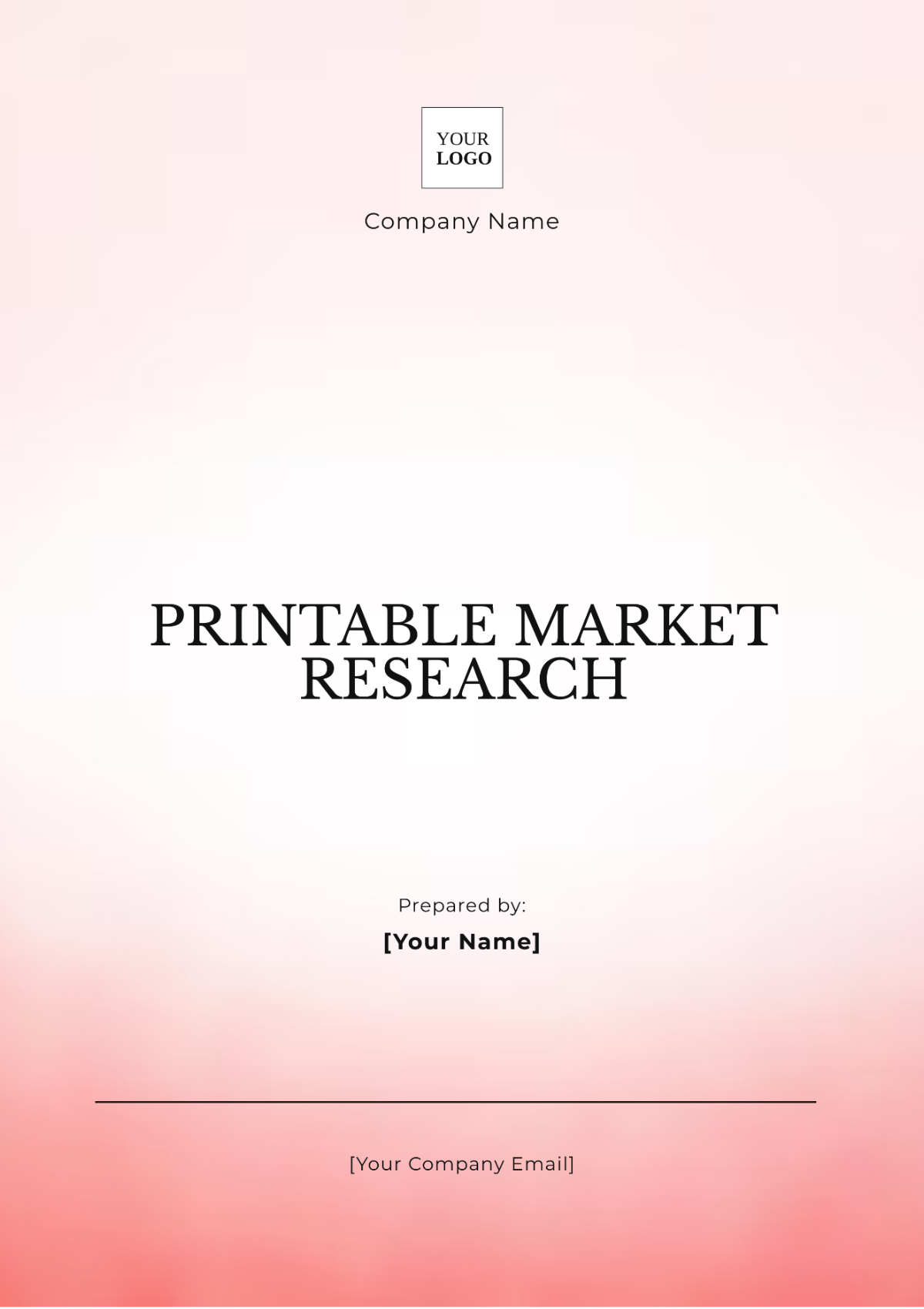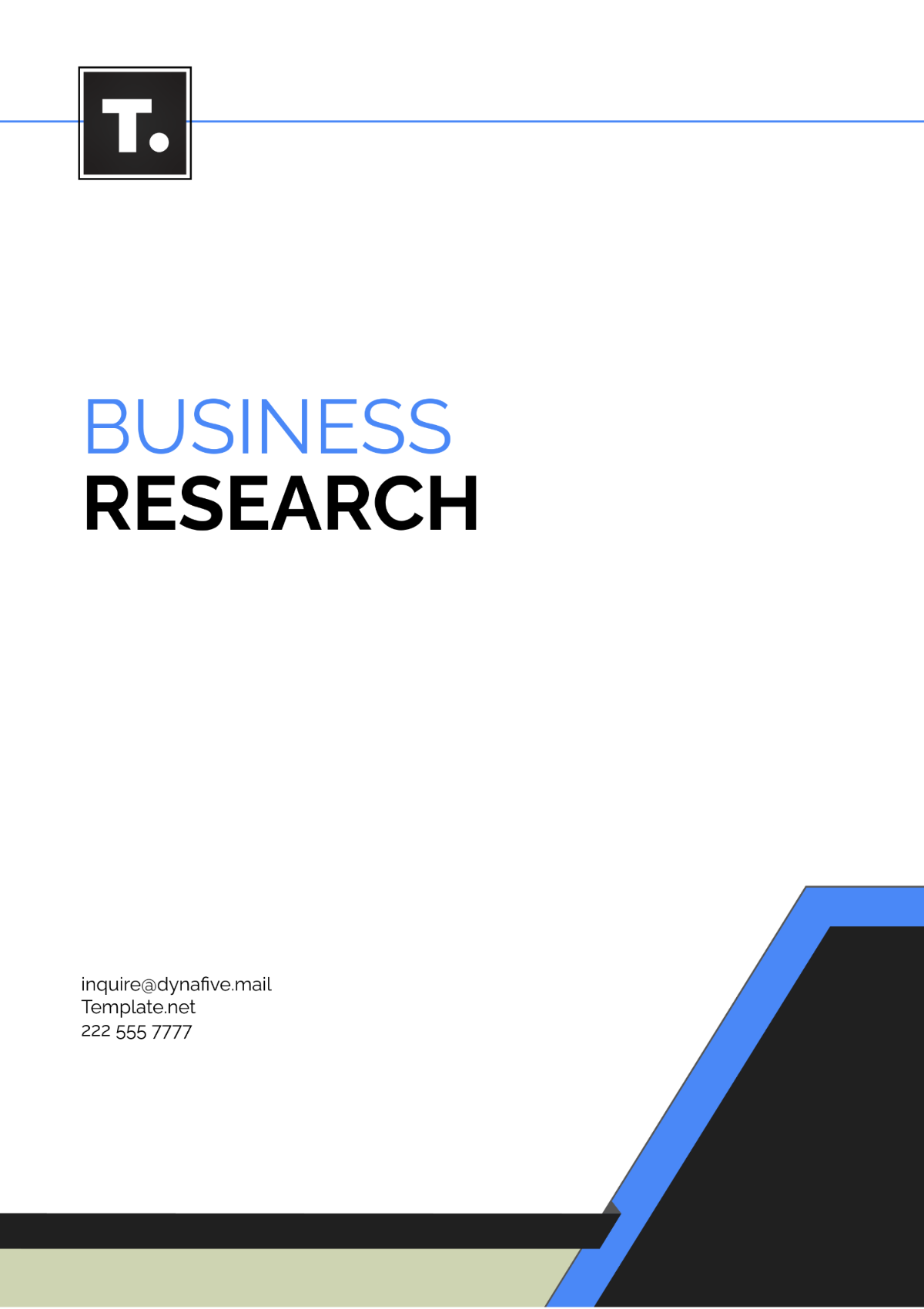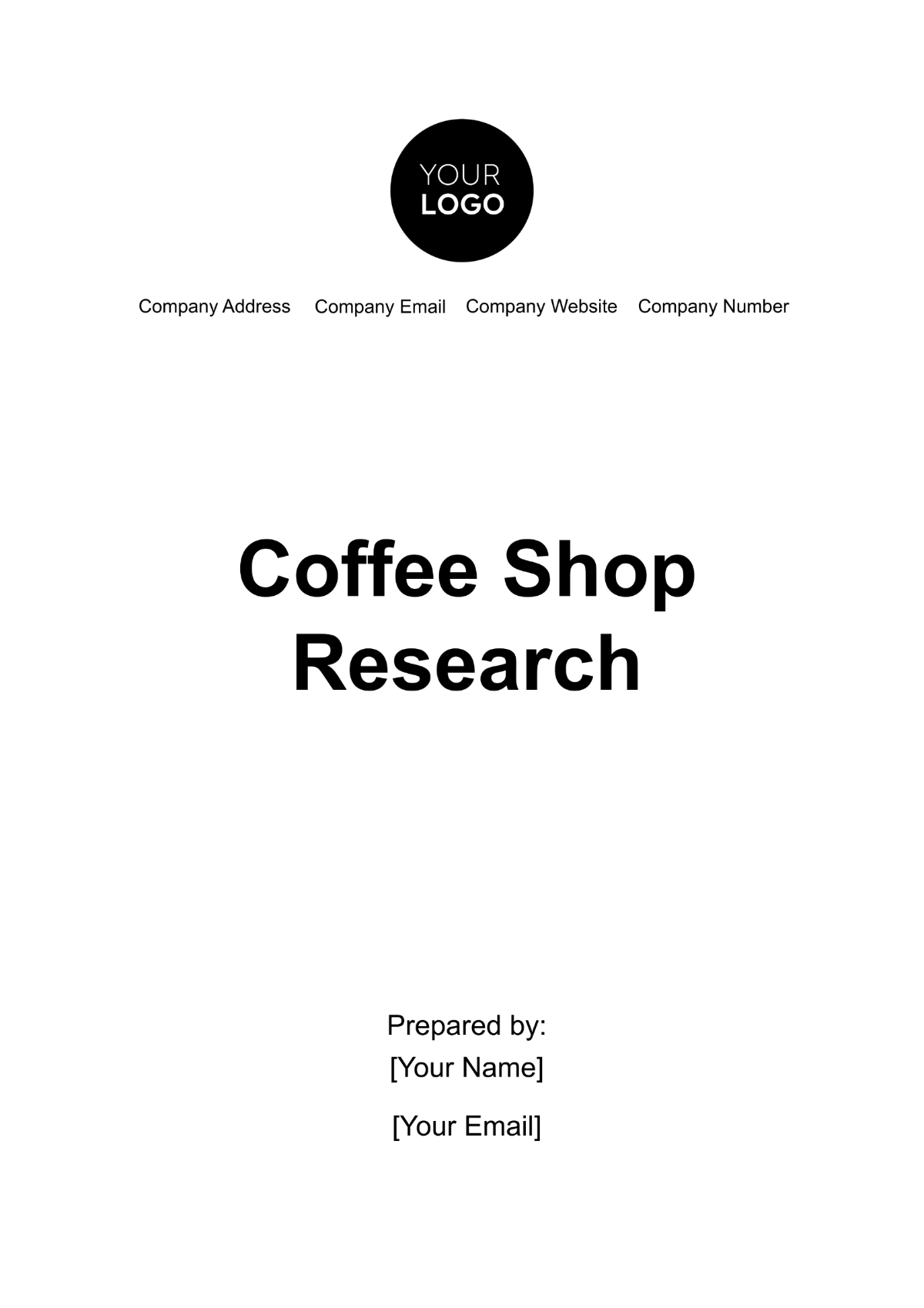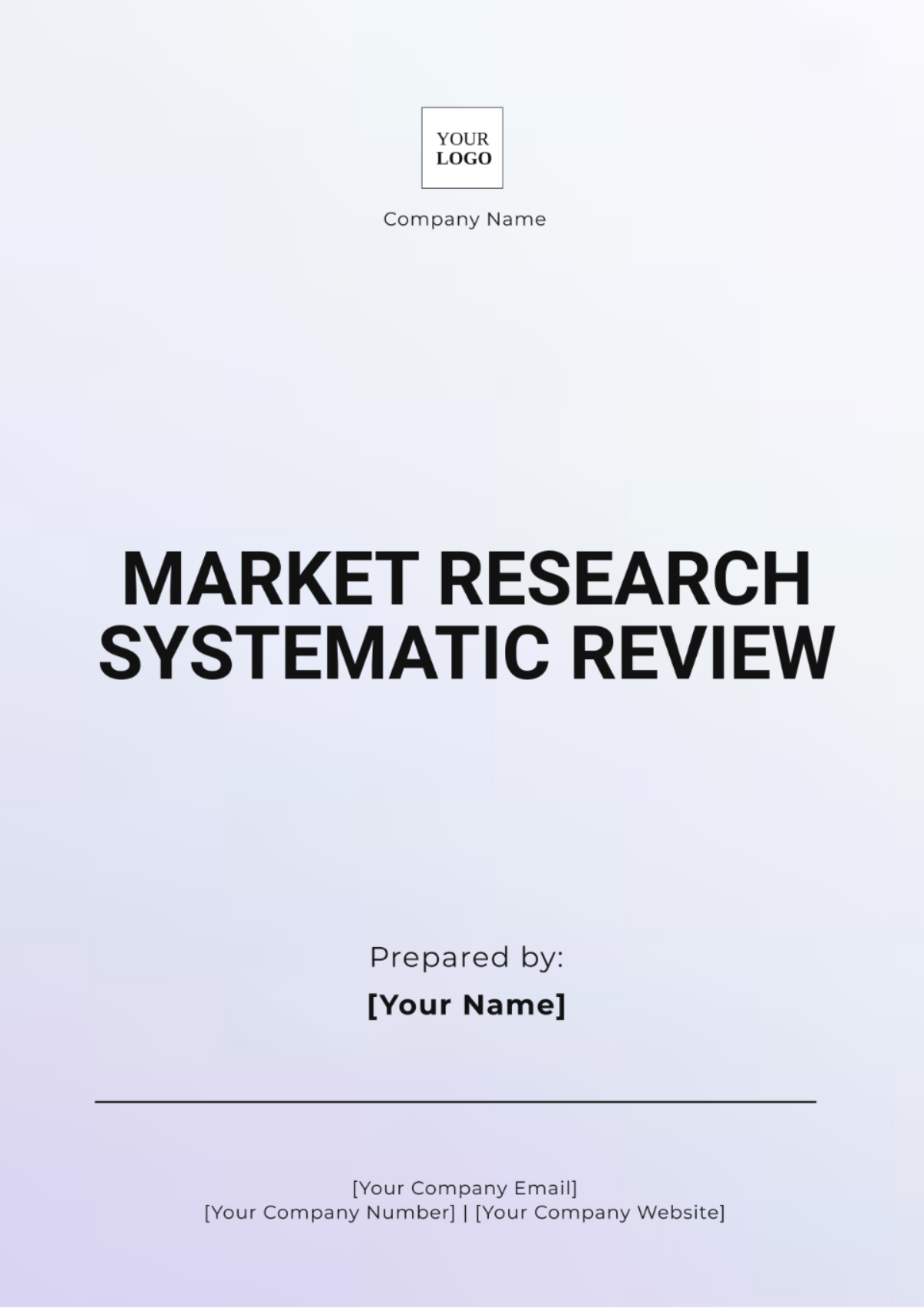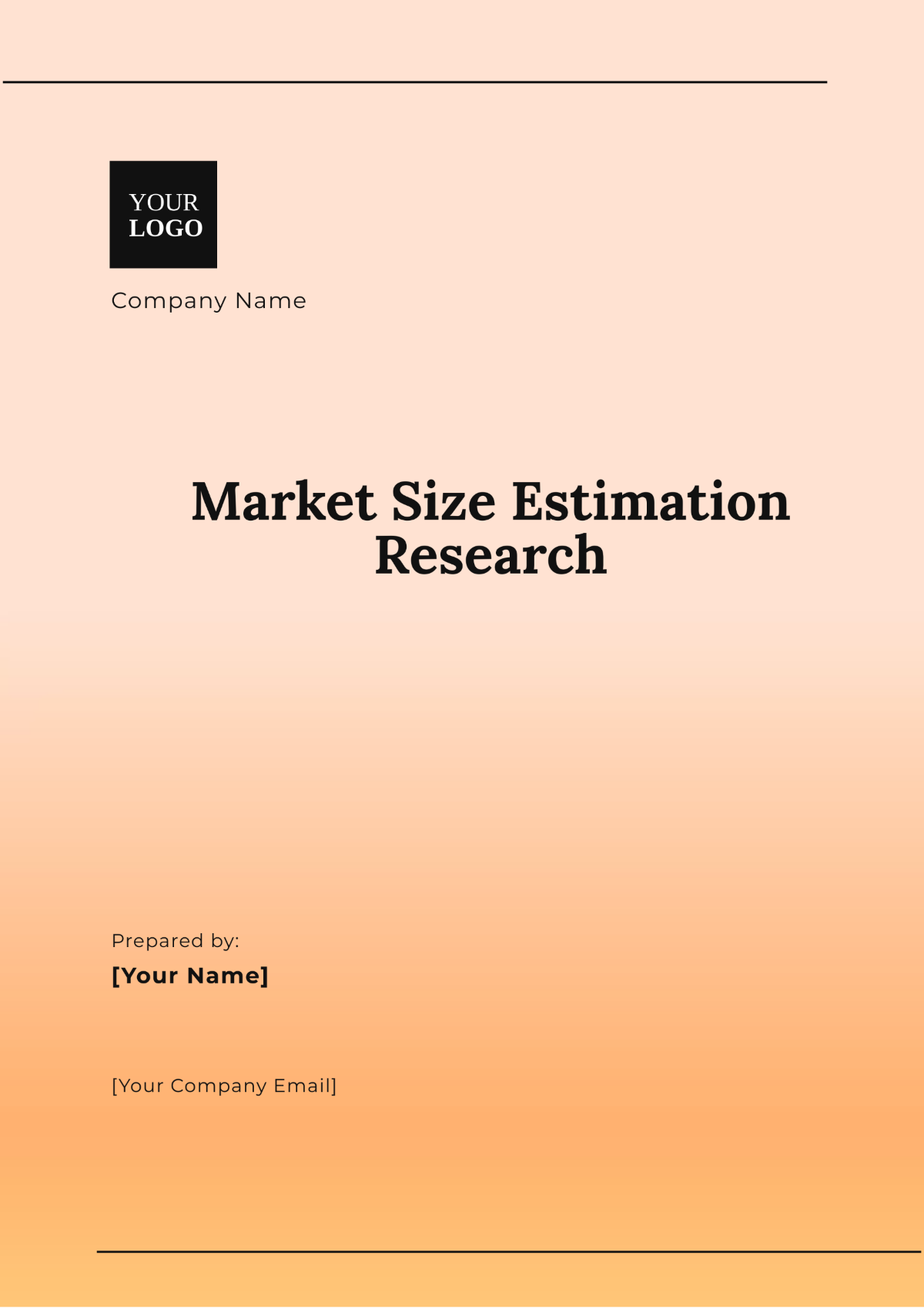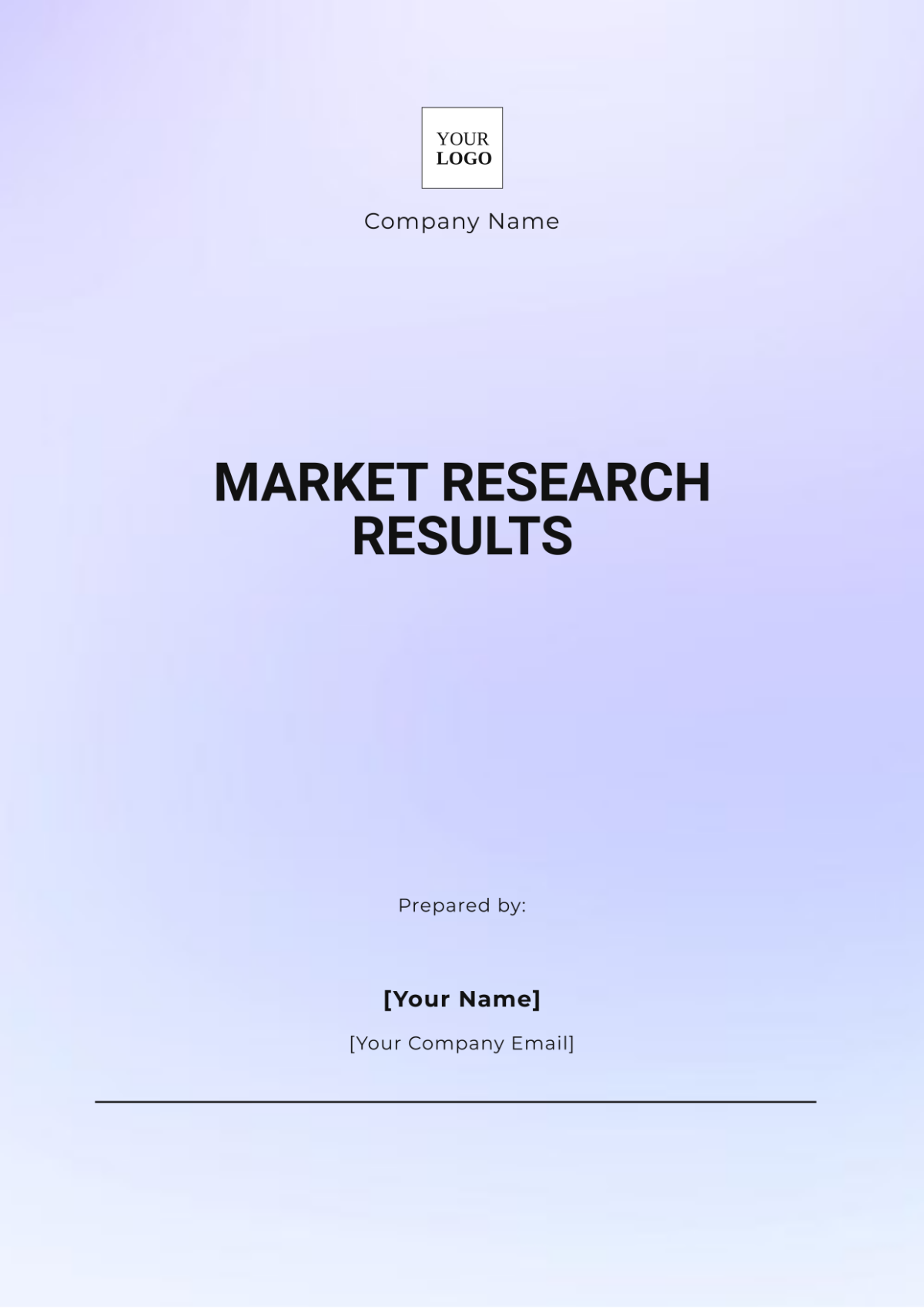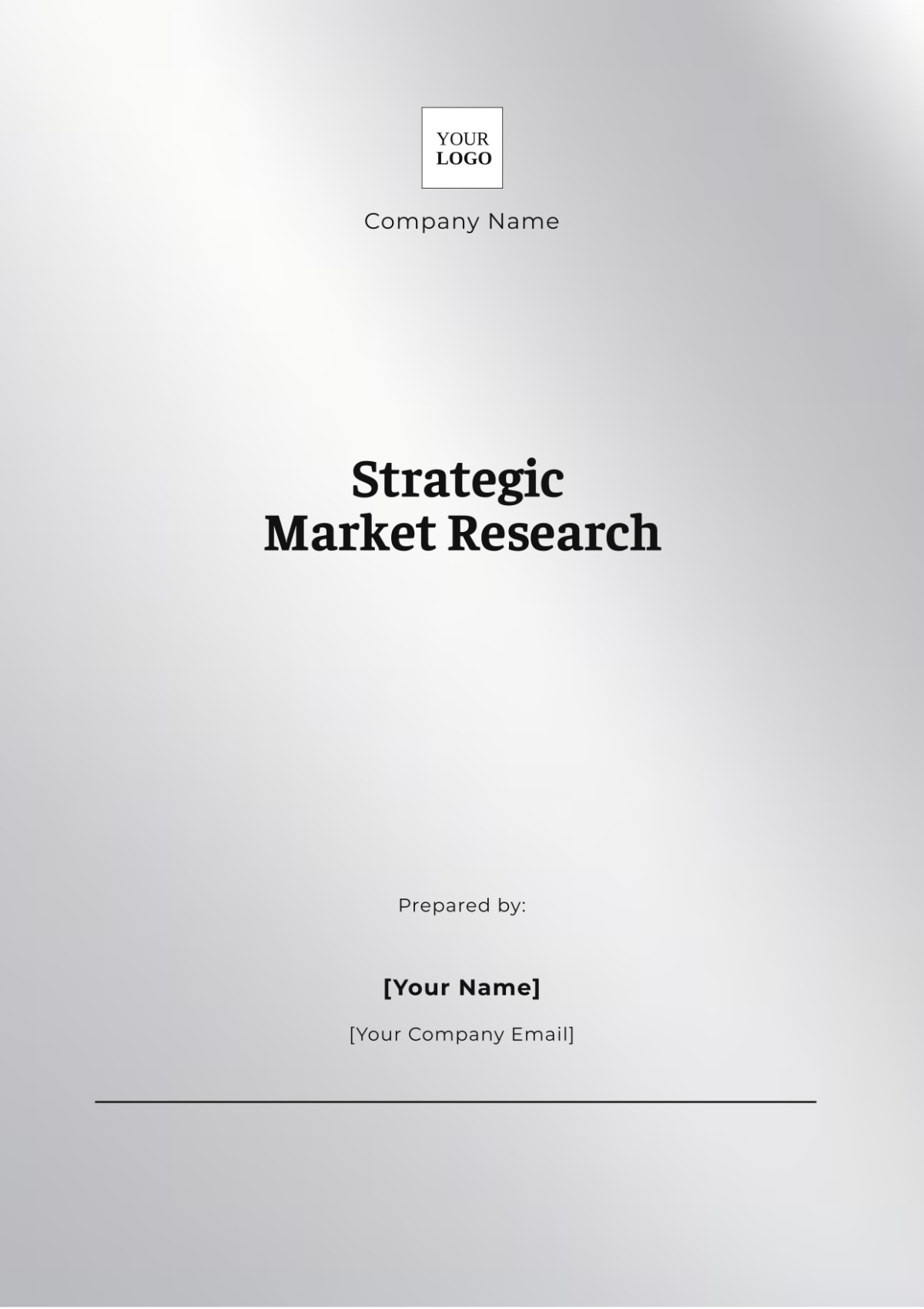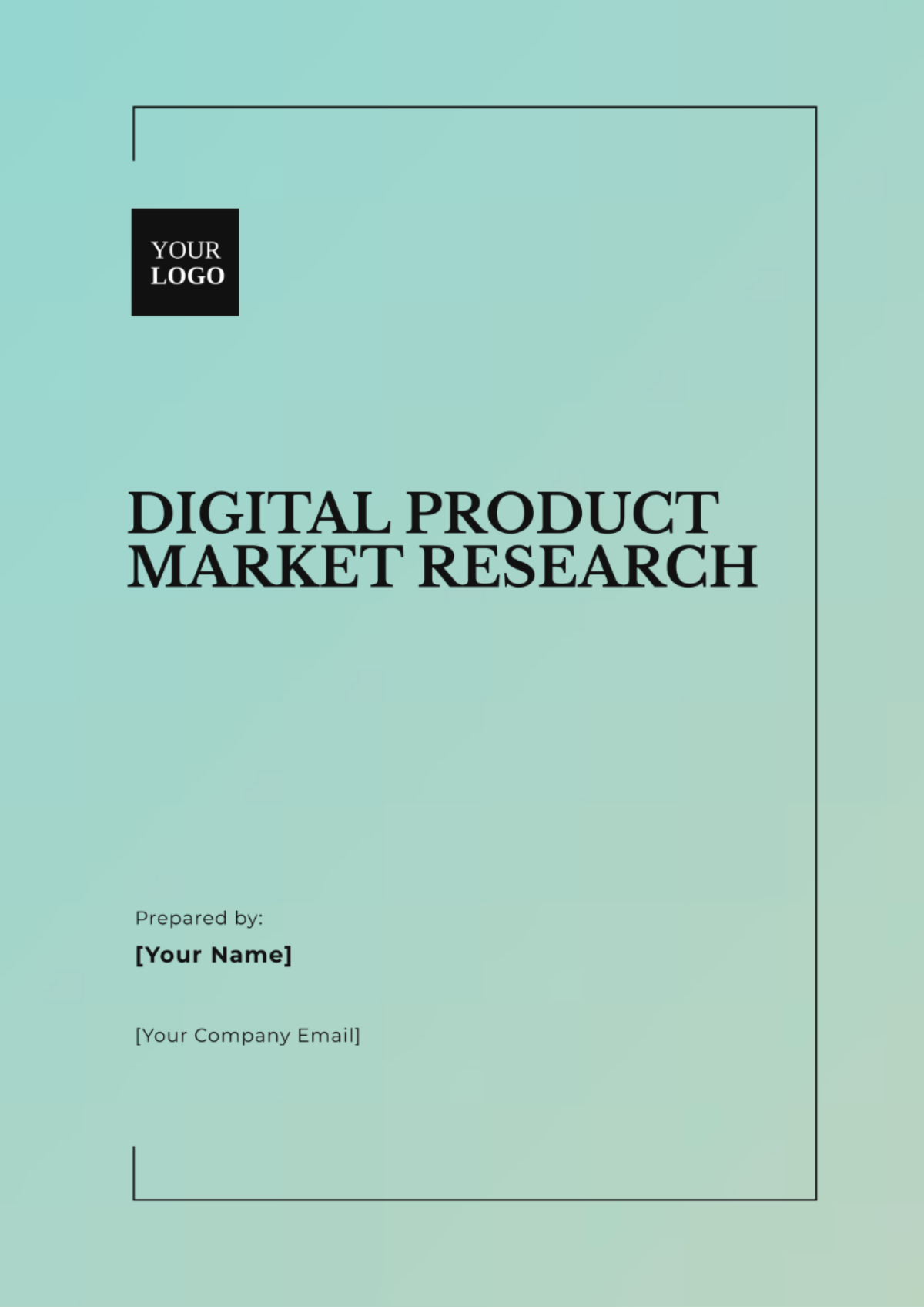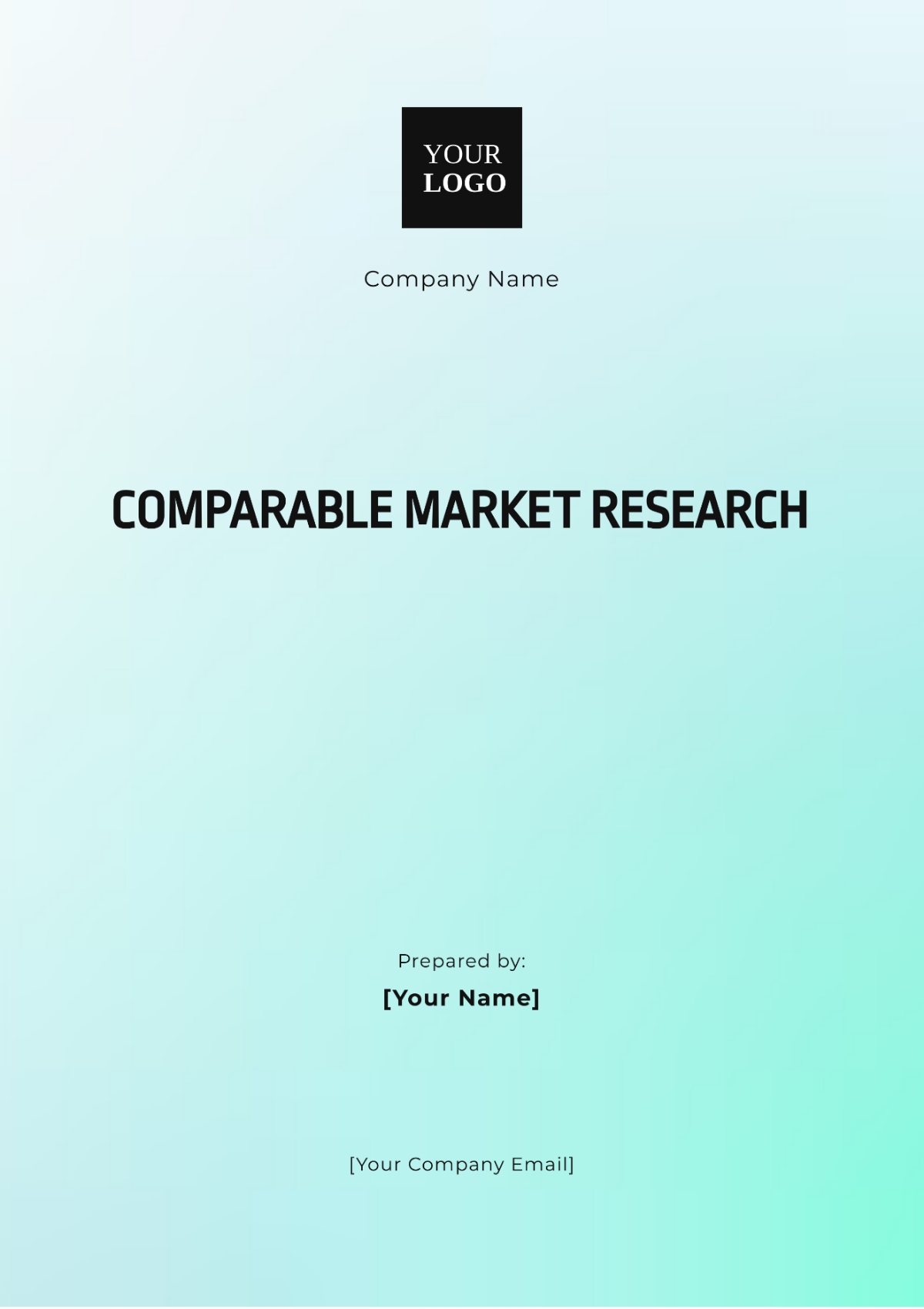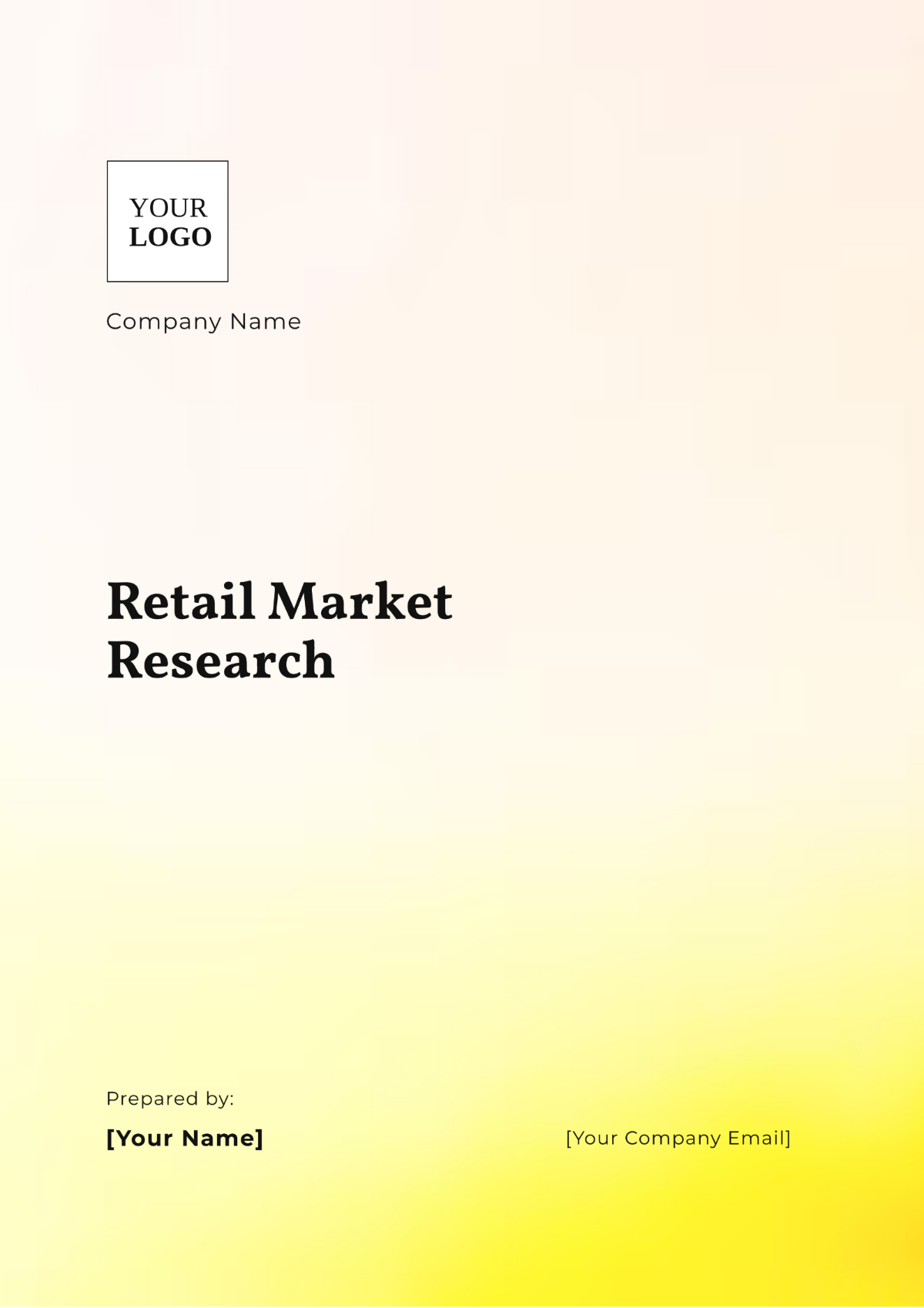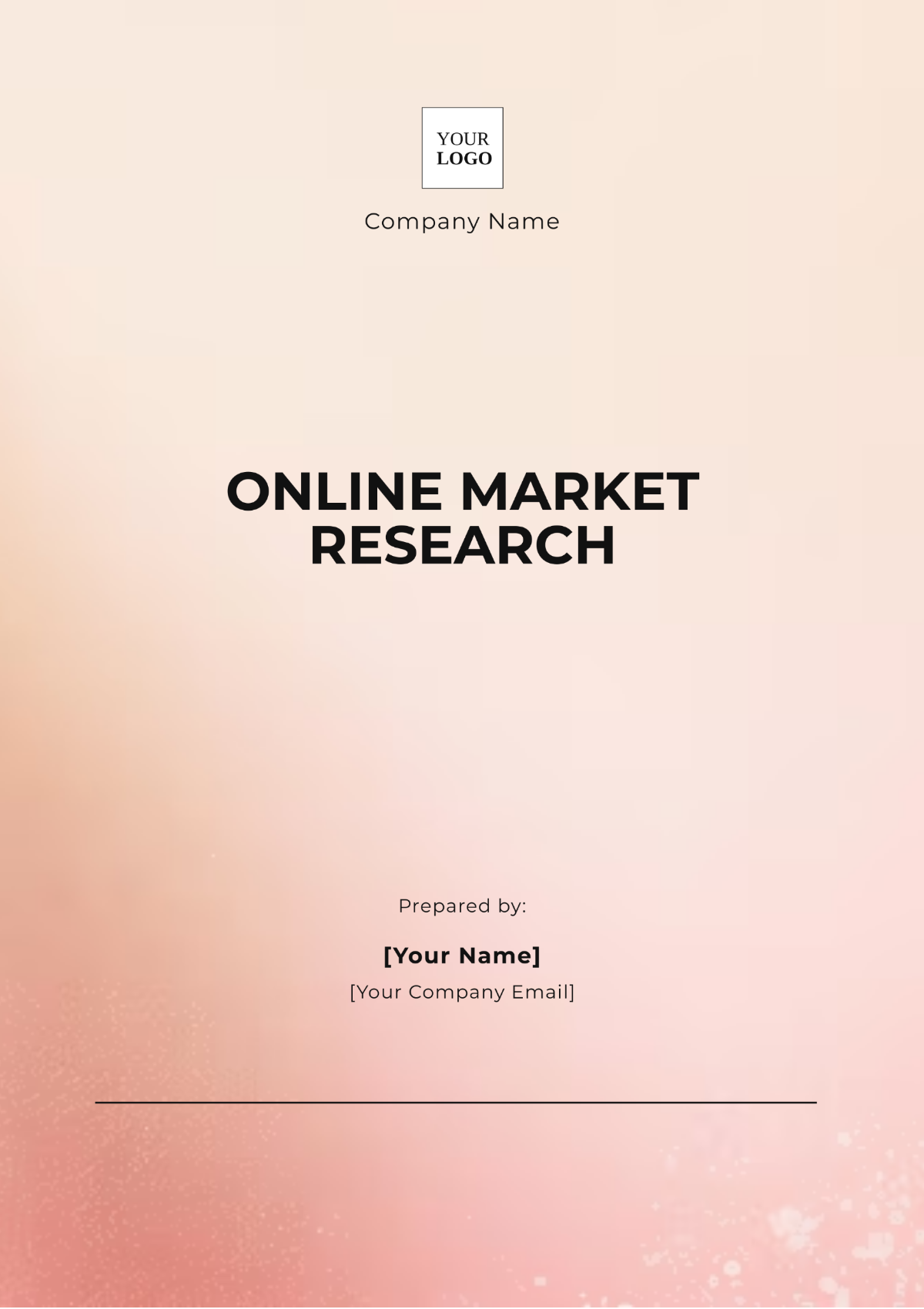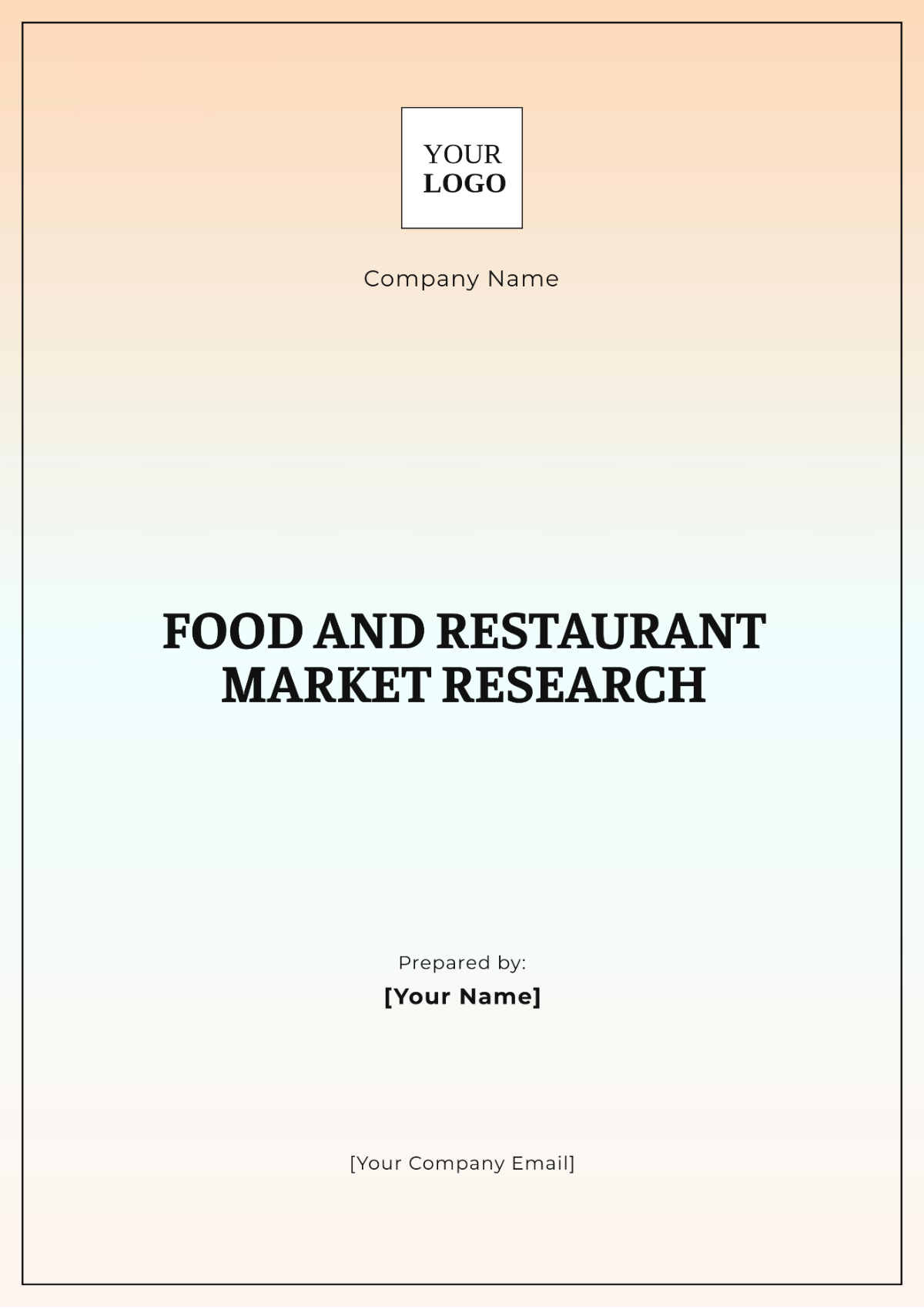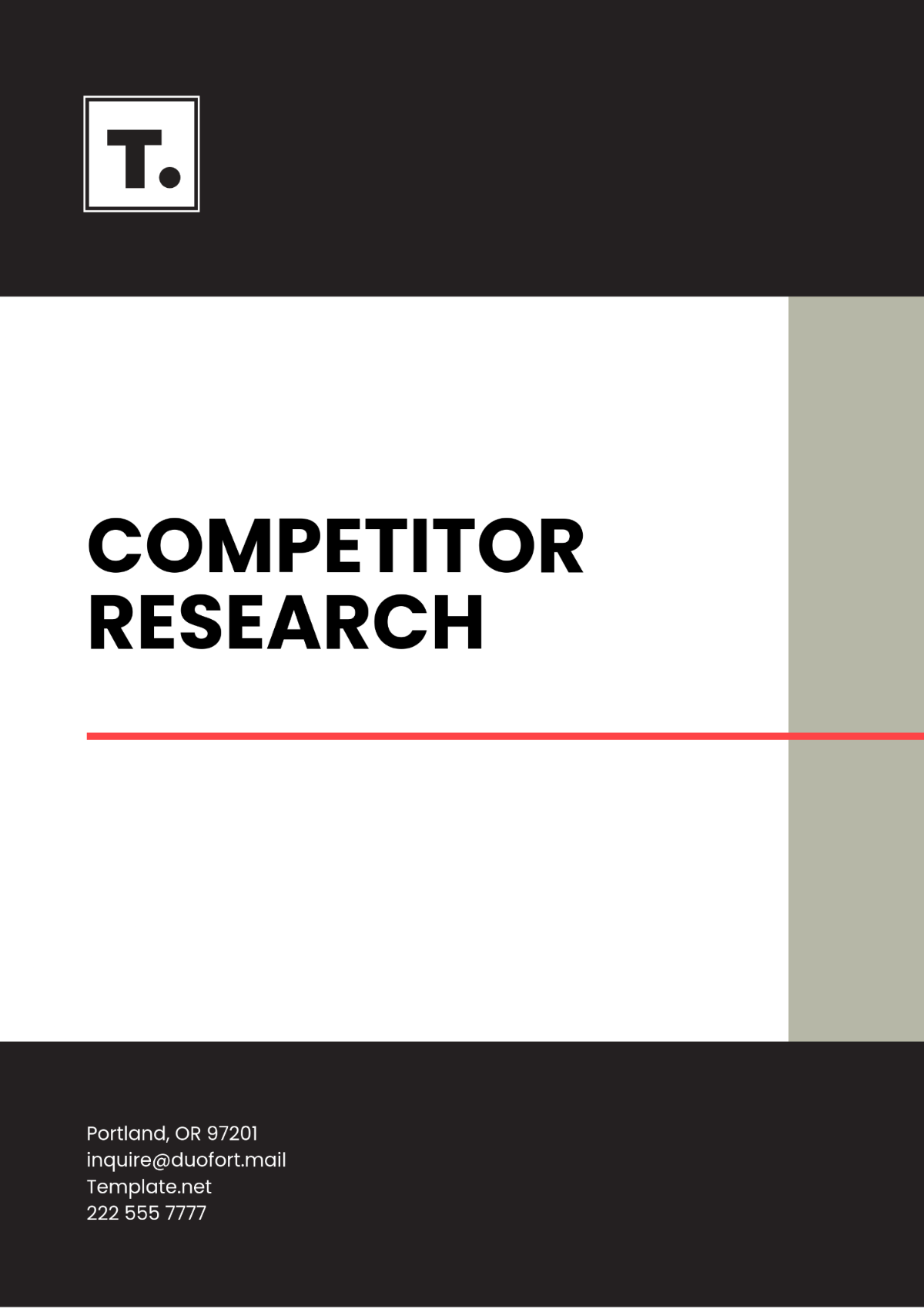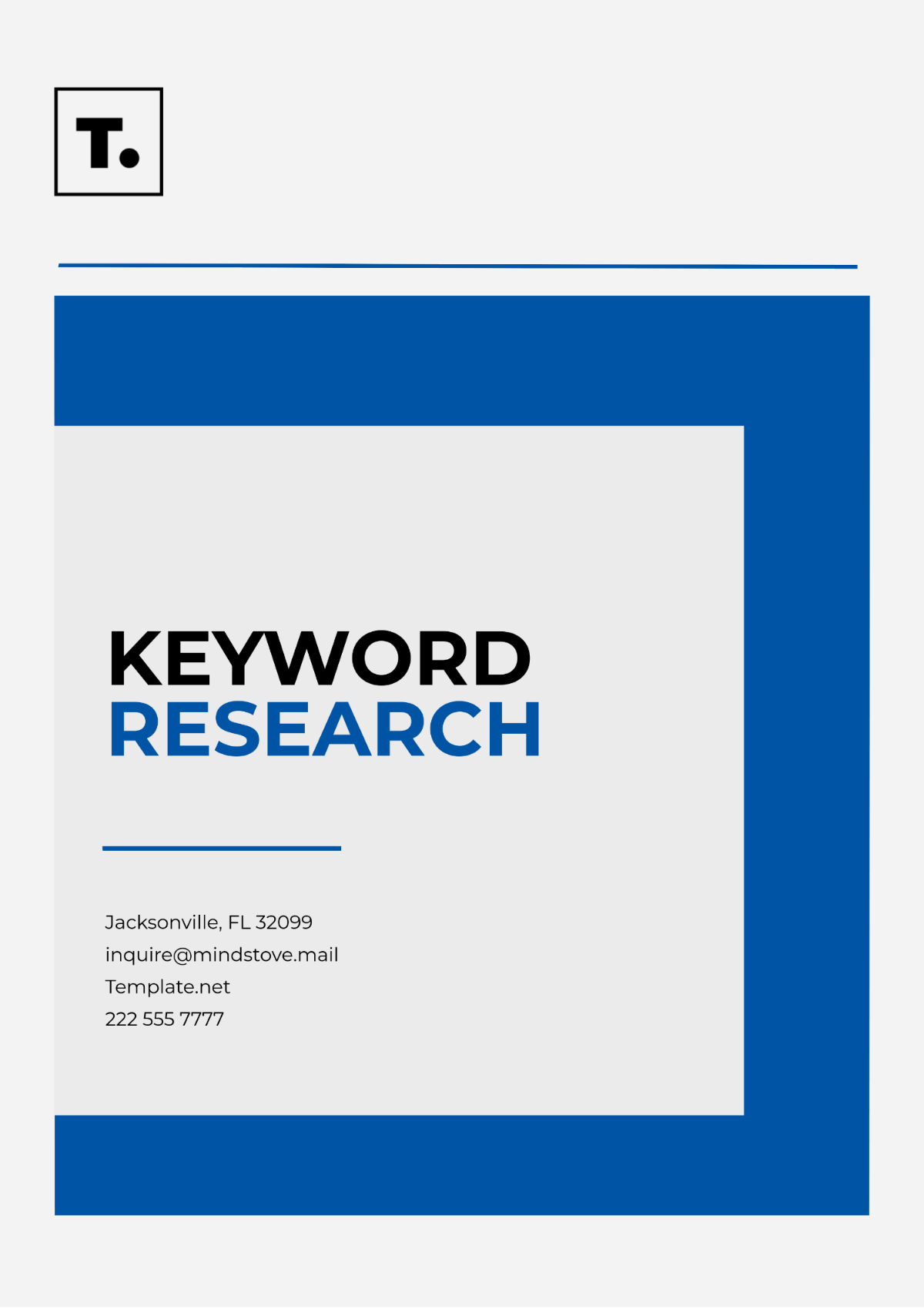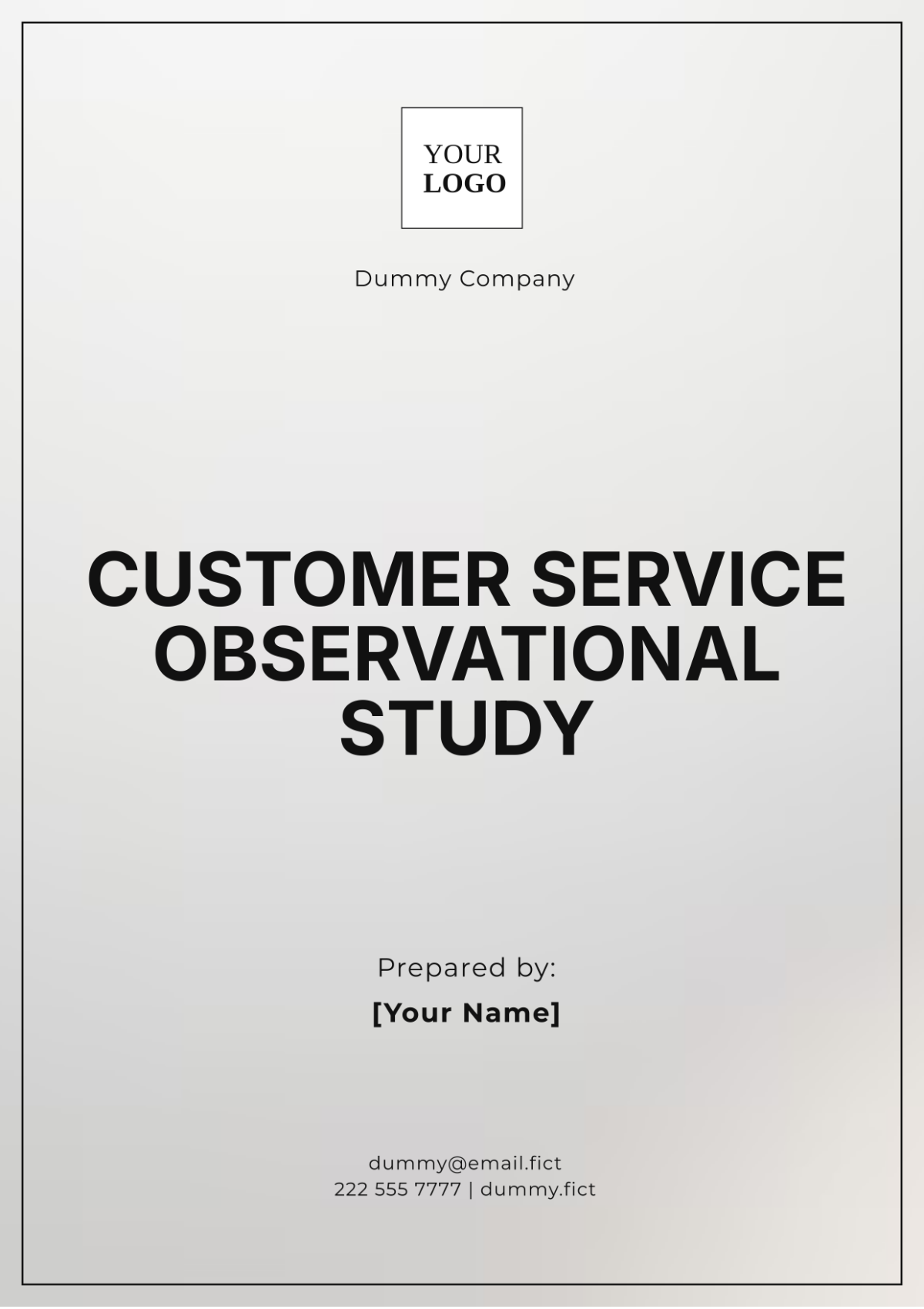Market Researchers Observational Study
1. Objective
The purpose of this observational study is to understand customer behavior in a retail store environment, specifically focusing on how customers interact with product displays, promotional materials, and in-store layout. The study aims to identify key factors that influence purchasing decisions and time spent in the store.
2. Research Design
Type of Observation: Naturalistic Observation
Observation Style: Non-participant, passive observation
Duration: 5 consecutive weekdays, 8 hours per day
Location: Large retail store (City Center Branch)
3. Target Audience
Demographic: Shoppers aged 25-45
Gender: Male and Female
Income Level: Middle-income consumers
Other Characteristics: Frequent shoppers who visit the store at least twice a month
4. Observation Parameters
Behaviors to Observe:
Time spent in different sections of the store
Products touched, picked up, or interacted with
Reactions to promotional materials (e.g., flyers, posters, discount signs)
Usage of shopping carts or baskets
Pathways taken through the store
Interactions with store staff (e.g., asking for assistance, seeking product recommendations)
5. Setting
Store Layout: Includes sections such as fresh produce, household goods, clothing, and electronics.
Observation Points: Strategically located near the store entrance, main aisles, and key promotional displays.
Time of Day: Morning, afternoon, and evening shifts to capture diverse customer patterns.
6. Tools and Techniques
Recording Method: Manual note-taking on predefined observation sheets
Technology: Store cameras will be used for unobtrusive recording of customer pathways and interactions.
Observation Checklist: Attached at the end of this template
7. Data Collection Method
Data Collection Format: Observational log divided by customer demographics (age group, gender, etc.) and sections of the store
Frequency of Observations: Every 10 minutes, a new customer will be tracked
Units of Measurement: Time spent in each section, number of products interacted with, and number of promotional materials viewed.
8. Ethics and Confidentiality
Customers will not be directly interacted with or informed during the study.
All observational data will be anonymized, ensuring that no personally identifiable information (PII) is collected.
In-store posters will notify customers that observations are being conducted for market research purposes to maintain transparency.
9. Analysis Plan
Data Aggregation: All observations will be coded and categorized into major behavior types (e.g., product interaction, promotional response).
Analysis Tools: Statistical analysis will be performed using data visualization software (e.g., heat maps of store sections).
Metrics: Key metrics will include average time spent per section, product engagement rate, and response to promotions.
Insight Generation: The study will focus on identifying which store layouts and promotions lead to higher conversion rates.
10. Findings and Insights
Preliminary Findings: Customers in the fresh produce section spent an average of 12 minutes, while the electronics section averaged 8 minutes.
Promotional Impact: Discount signs had a noticeable impact, increasing product interaction by 15% in the clothing section.
Insights: Reorganizing high-traffic aisles and placing promotional materials near the entrance increased overall engagement. Additionally, customers tended to bypass household goods, indicating a potential opportunity for layout adjustment.
Observation Checklist
Parameter | Customer Action | Duration/Count |
|---|---|---|
Time spent in store section | Measure time spent per section (min) | |
Products interacted with | Number of products touched or picked up | |
Response to promotions | Number of glances at promotional displays | |
Pathways taken | Track direction of movement through the store | |
Interactions with store staff | Number and type of interactions |





